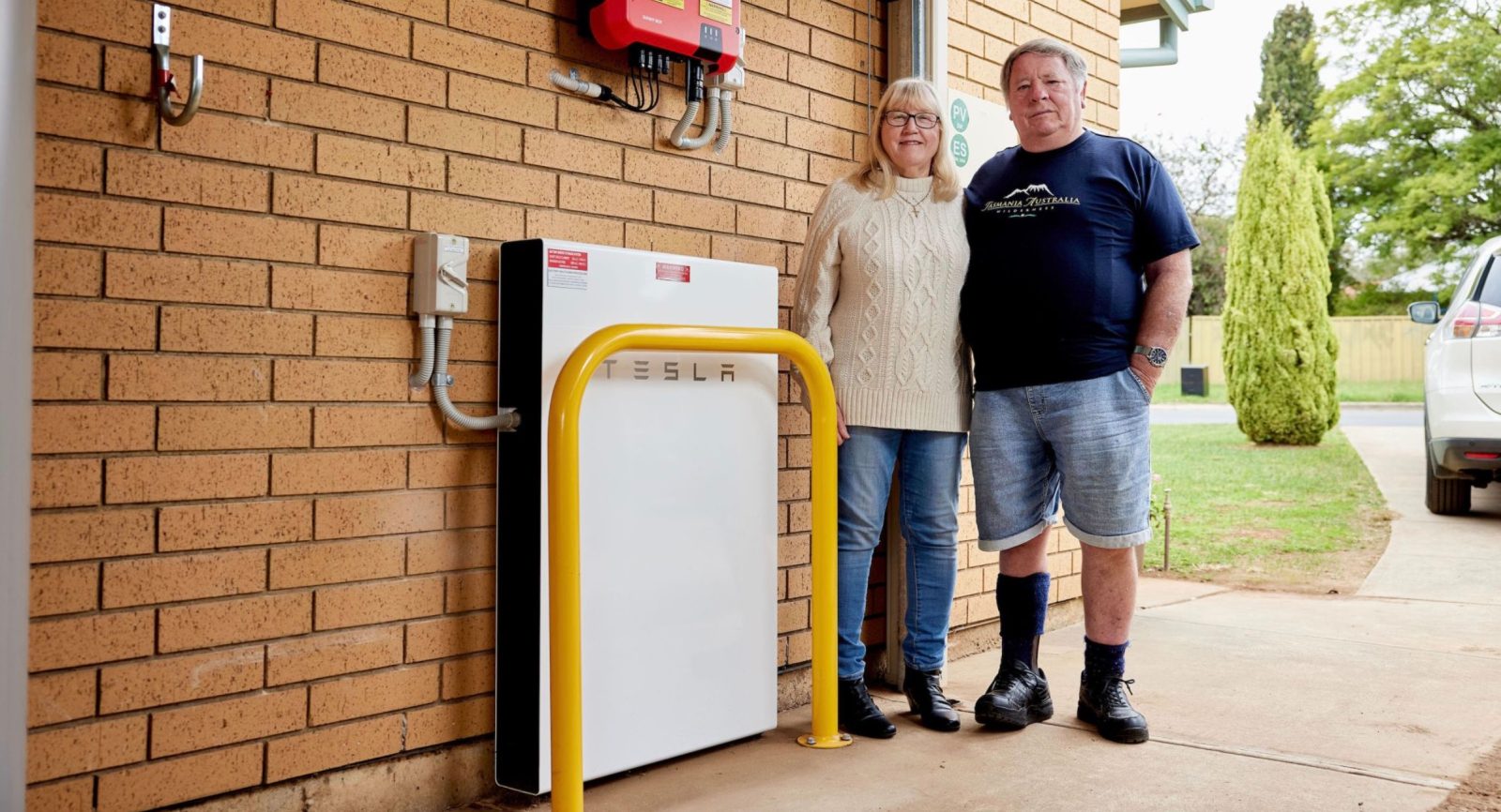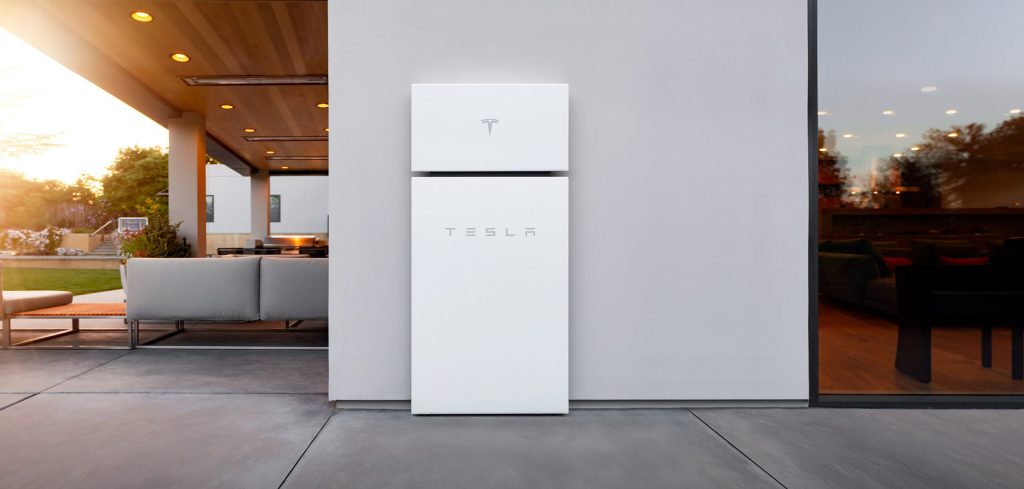
Tesla announced the expansion of its massive virtual power plant in South Australia to 3,000 more homes. The program specifically aims to help low-income households with their electricity costs.
Australia, and especially South Australia, has had a lot of power issues over the years as it retires aging infrastructure and tries to manage a high penetration of renewable energy, which destabilized energy markets due to the inconsistency of the power supply.
Tesla first got involved by supplying its Powerpack in a large energy storage project owned by Neoen that became known as the “Tesla Big Battery.”
While in the region during the launch of the big battery, Tesla CEO Elon Musk was interviewed and presented with the significant hardship that Australia’s high electricity prices are putting on low-income families.
The unstable grid and high electricity costs result in some families having to decide between keeping the lights on or going hungry.
The CEO was visibly emotionally affected by the issue and vowed that Tesla would “work harder” to help solve the problem.
He wasn’t kidding, because a few months later Tesla announced that it reached a deal with the South Australian government to install solar arrays and Powerwalls on up to 50,000 homes – many of them homes of low-income families.
The goal is to provide lower electricity rates to those families by using those Powerwalls together into a large virtual power plant that can provide grid services.
Over the last few years, Tesla has gradually deployed Powerwalls to homes all over South Australia – working toward that goal.

In 2020, Tesla had 1,000 Powerwalls on the network, and they were authorized for a new phase to add another 3,000 batteries.
Now Tesla has confirmed that it has deployed Powerwalls at 4,000 homes, and it has been authorized for a new phase of the project to add another 3,000 homes.
South Australia’s Department for Energy and Mining commented on the announcement:
The $33 million expansion, fully funded by Tesla, will make 3,000 more spots available for Housing SA tenants to join a program offering the cheapest residential electricity rate in South Australia. This expansion will save households up to $423 annually while also having battery backup and supporting our grid with renewable energy.
Interestingly, Tesla added that this new phase of the virtual power plant allows for the Powerwall to be deployed with solar power:
Phase 4 introduces battery-only Tesla Powerwall installations, enabling thousands of homes that couldn’t previously participate in a Virtual Power Plant due to unsuitable rooftops for solar PV join the transition to sustainable energy and reduce their cost of living.
It should likely accelerate the deployment of the virtual power plant. The government said that it expects it to be “soon” at 7,000 homes.
Now is a great time to begin your solar journey so your system is installed in time for those sunny days. If you want to make sure you’re finding a trusted, reliable solar installer near you that offers competitive pricing, check out EnergySage. EnergySage is a free service that makes it easy for you to go solar. They have hundreds of pre-vetted solar installers competing for your business, ensuring you get high-quality solutions and save 20 to 30% compared to going it alone. Plus, it’s free to use and you won’t get sales calls until you select an installer and you share your phone number with them.
FTC: We use income earning auto affiliate links. More.
